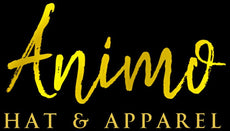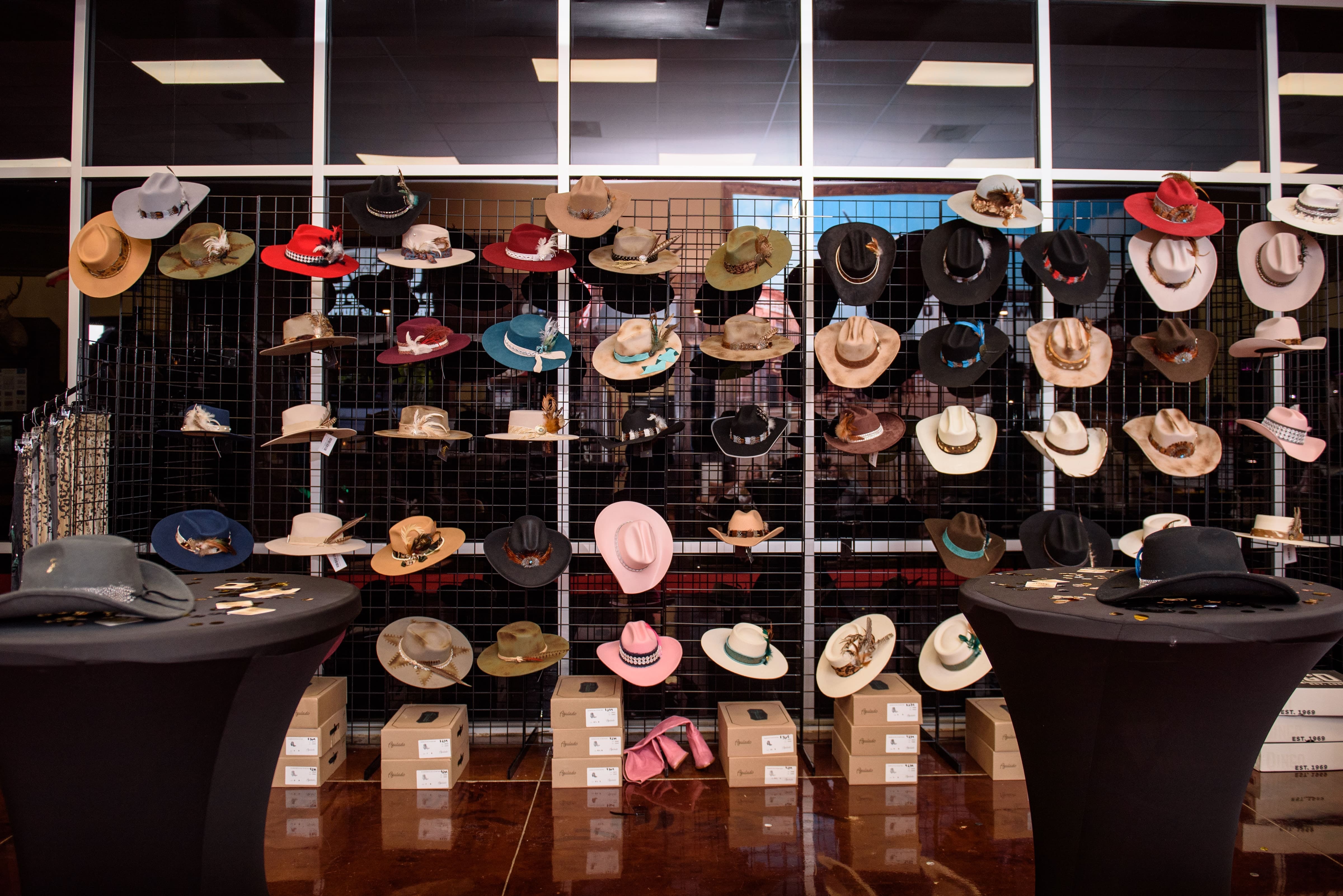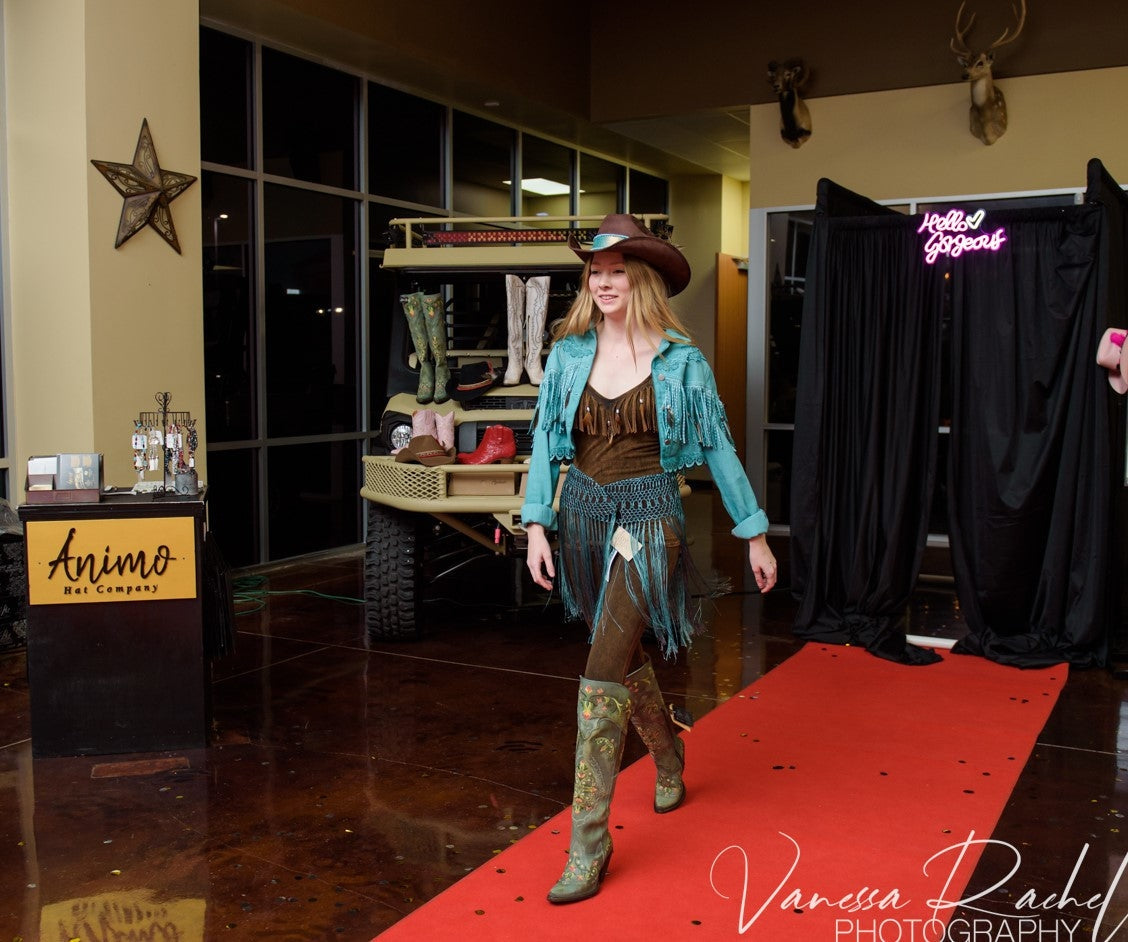Hats have graced heads throughout history, evolving from simple functional ornaments to emblems of style and status. This interesting voyage demonstrates not only the evolution of fashion but also the cultural transformations that hats have reflected through the years. At Animo Hats & Apparel we honor this rich heritage by producing timeless designs that combine tradition and modern flair.

Early Beginnings: Hats for Protection
The first hats served a simple purpose: protection. Ancient civilizations, including the Egyptians, Greeks, and Romans, employed head coverings to protect themselves from the sun, rain, and cold. The classic conical hats of ancient China, as well as the straw hats of rural Europe, are examples of practical beginnings. These early designs were practical, using easily available materials like straw, felt, and leather.
Medieval Times: Status and Symbolism.
As civilizations became more structured, hats came to represent status and occupation. In medieval Europe, headwear such as hooded capes and chaperons offered warmth while also indicating social status. The more complex and ornamental the hat, the greater the wearer's prestige. Knights, for example, wore helmets adorned with crests and plumes, symbolizing their valor and aristocratic heritage.
Renaissance and Baroque eras: flourishing fashion
Hats had an important role in fashion during the Renaissance period. Feathers, diamonds, and sumptuous textiles embellished hats, making them into spectacular works of art. The wide-brimmed hats of the Baroque period, sometimes embellished with elaborate lace and ribbon, were more than just accessories; they were declarations of luxury and sophistication.

Image credits: Pintrest
18th and 19th Centuries: Industrial Revolution and Beyond
The Industrial Revolution brought about considerable improvements in hat production. Hats were more available because to mass production, resulting in a wide range of styles to suit diverse preferences and circumstances. The top hat became a sign of the cultured gentleman, while ladies adopted bonnets, which developed in shape and adornment with changing fashions.

Image credits: Google
20th Century: The Rise of Millinery Art
The twentieth century was a golden age for hat fashion. Cloche hats of the 1920s, fedoras of the 1940s, and pillbox hats of the 1960s became synonymous with the eras they represented. Designers like Coco Chanel and Christian Dior transformed hat fashion into an art form. Hats were more than just accessories; they were key components of personal style.

Image credits: Vintage Dancer
Contemporary Trends: A Blend of Tradition and Modernity
Today, hats remain an important fashion statement, combining traditional components with new twists. At Animo Hats& apparel we pay tribute to this tradition by delivering a carefully picked collection that embodies the timeless elegance of classic styles while embracing contemporary trends. Our hats are made with the highest quality materials, ensuring both style and comfort for every event.

Embrace the Hat Heritage with Animo Hats
As we look back at the history of hats, it’s clear that these accessories have always been more than mere functional items. They are reflections of cultural evolution, personal identity, and artistic expression. At Animo Hats& apparel we invite you to explore our collection and find the perfect hat that speaks to your unique style. Discover the blend of tradition and innovation at Animo Hats & apparel where every hat tells a story.
Whether you're looking for a chic fedora, a cozy beanie, or an elegant wide-brimmed hat, Animo Hats & Apparel has something for every taste. Embrace the history, celebrate the fashion, and make your statement with a hat that’s as unique as you are. Visit www.animohatco.com today and find your perfect match!




